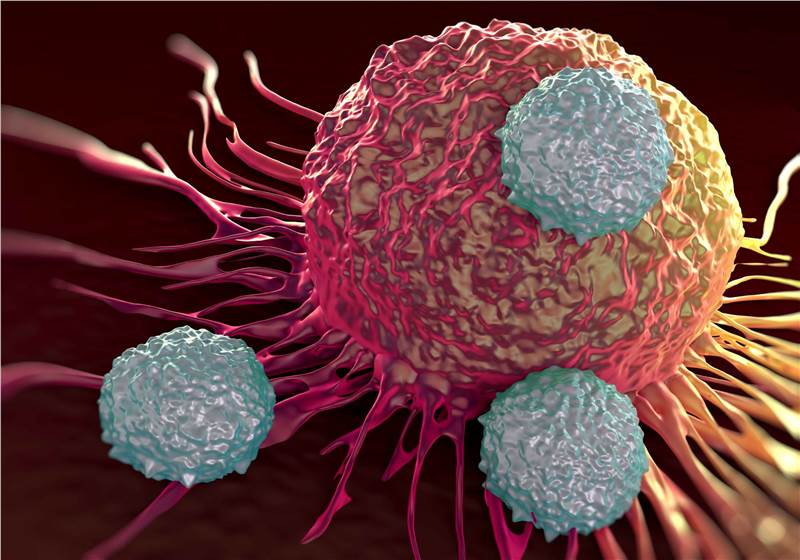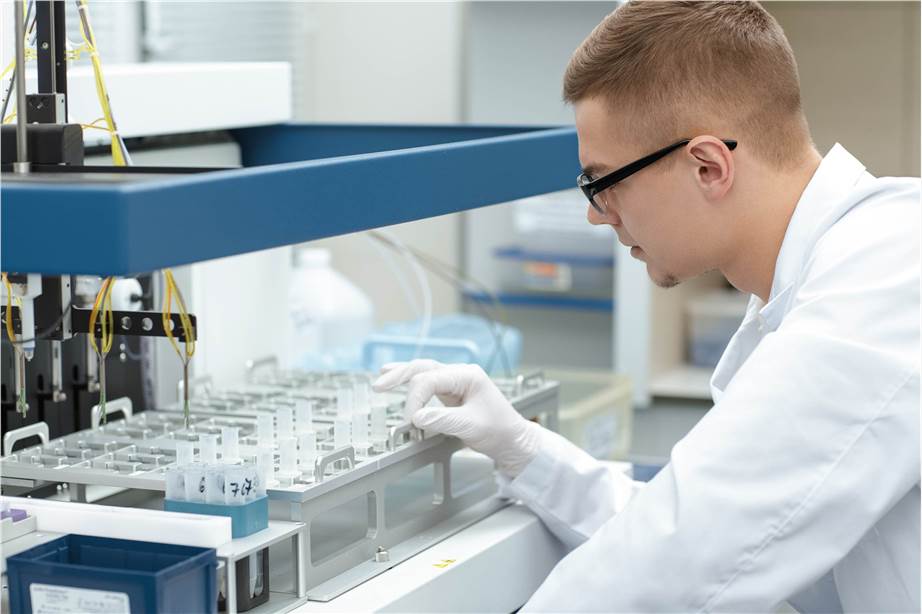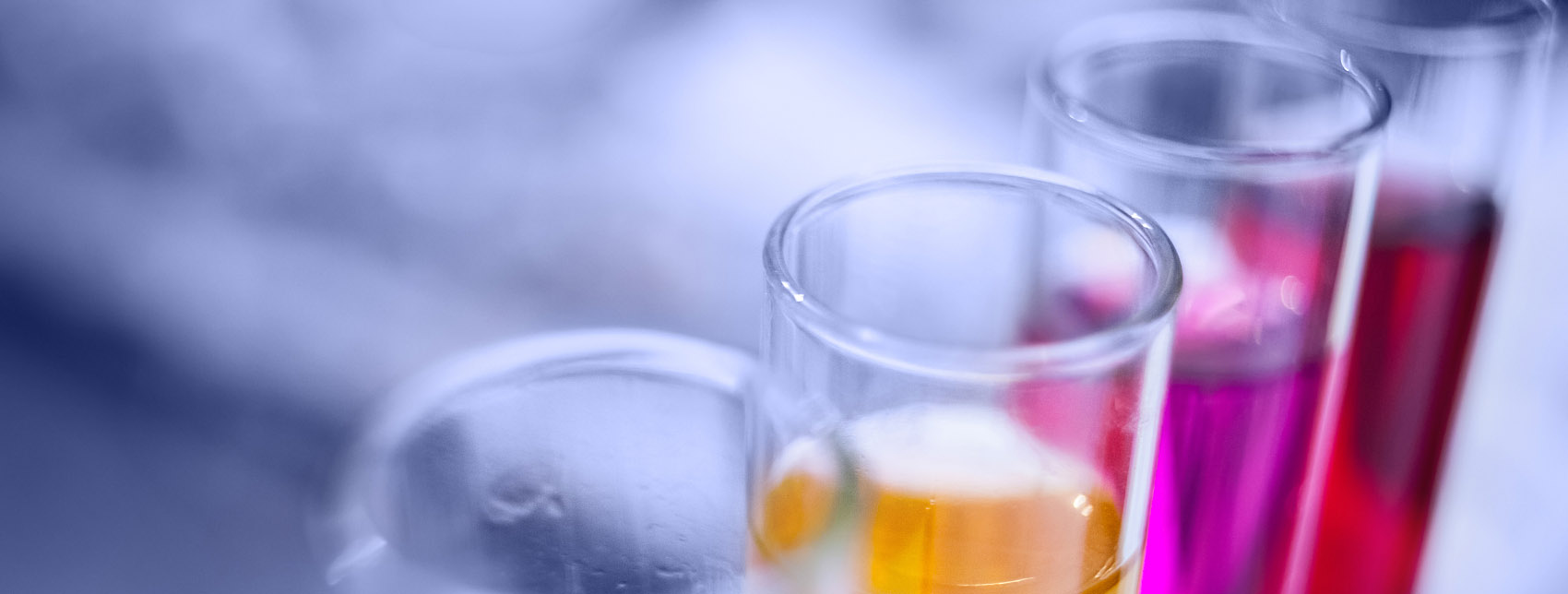Chemical carcinogenesis is the effect of a chemical substance that causes an increase in the incidence and/or type of tumor and a shortening of the latency period. Our company can help observe the carcinogenic effects of various substances on experimental animals. We provide professional carcinogenicity tests to provide information on whether long-term human exposure to the substance causes tumors.
Our company assesses the carcinogenic effects of long-term exposure on animals by giving them different doses of test samples through certain routes and observing the development of tumors over a near lifetime.
Test Range
Veterinary drugs, pesticides, chemicals, fungicides, organic toxicants, solid waste, domestic waste leachate, hazardous waste, sewage, sludge, water quality, surfactants, etc.

About Carcinogenicity Test Service
Our company repeatedly administers the test samples orally, percutaneously, or via the respiratory tract during most of the normal life cycle of the experimental animal, observing the number, type, site, and time of occurrence of tumors in the animal, as well as elucidating whether the samples are carcinogenic by histopathological examination.
Sample Information
Before starting this test, we will learn various information about the samples available, including their physicochemical properties, structural formula, relative molecular mass, storage methods, analytical methods, and chemical stability.
An adequate number of samples should be provided by the customer before starting the test, and samples from the same production batch should be used. If sufficient samples cannot be provided, the content, etc. of the samples from different batches should be consistent.
Test Animals
We use rats, mice, etc. Rat is preferred. Other animals can also be used according to customer needs. The rodent laboratory animal class should be non-specific pathogen animals. Both sexes of animals are used for the test.
Dose Groups
We set up at least three dose groups and a corresponding control group. The dose selection is determined with reference to information on acute toxicity, short-term repeat toxicity, subchronic toxicity, and metabolic studies.
- High dose group: Some mild toxic effects can occur.
- Low dose group: No toxic effects should be observed.
- Medium dose group: The dose design should be between high and low doses, which can be done with reference to the toxicokinetic information of the samples.
- Control group: solvent control group or media control group.

Routes of Infection
We offer 3 main routes of contamination: oral, dermal and respiratory inhalation. The choice of route depends on the physicochemical properties of the sample and the representative exposure to humans.
Test Observations
- Clinical observations.
- Records of body weight, food intake and water consumption.
- Routine blood tests and other blood markers.
- Gross examination and histopathological examination.
Carcinogenicity Test Report
- Test summary.
- Sample information.
- Test animals and feeding environment information.
- Dose and group: The principle or basis of dose, dose and group, animal grouping method, etc.
- Test conditions and methods: Main instruments, poisoning route, poisoning scheme, test period, observation index, etc.
- Test results: Clinical signs of toxicity, body weight, food intake, various indicators, changes in tumor incidence, gross anatomical and histopathological changes, etc., and the statistical treatment of the results.
- Test conclusion: Give a clear conclusion of carcinogenicity.
For more information, please feel free to contact us.
Related Solutions
It should be noted that our service is only used for research, not for clinical use.


